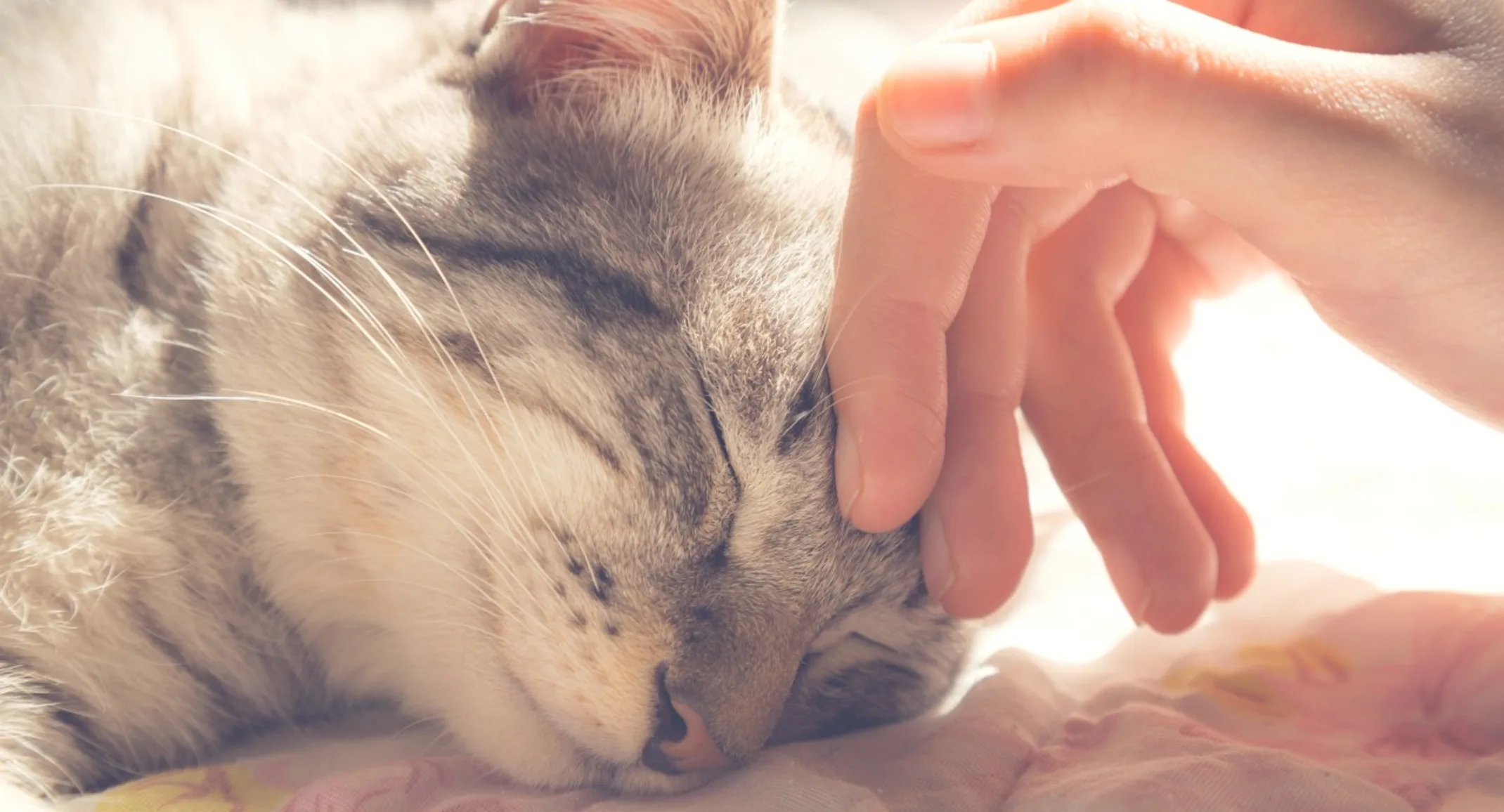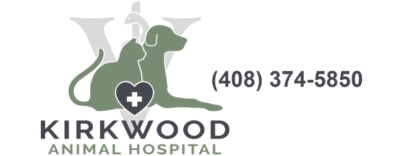Medical Article: Obesity in a Pet
Medical Articles

“My pet is not fat, he’s just big boned.”
Did you know that 45% of pet owners feel their overweight pet is an ideal weight? Over 50% of cats and dogs in the US are overweight or obese. So, how do you know if your pet is fat? Ideal weight dogs should have a “waist” when looking at them from the top and the side. Another way to conceptualize weight in your dog/cat is to feel the back of you hand, that’s how the ribs coverage should feel in an ideal weight dog/cat. Now feel the palm of your thumb, that’s overweight.
Okay, so now we know if our pet is overweight or not. Now what? Overfeeding of treats and “people” food are one source of excessive calories.
Overfeeding of the normal diet is another. The rule of thumb is 1 cup of kibble per 20 lbs per day. Use a measuring cup. A coffee cup, a scoop or a full bowl is NOT a cup. Never “crash diet” your dog or cat, bring down the amount of food you are currently giving slowly over weeks to months. If you need help, consult your veterinarian.
Lastly, exercise for humans and animals, goes a long way. 20 mins a day can do a lot – whether your pet chases a ball, goes for a run or daily walk, or chase a toy…
Why does it matter? Obese dogs and cats are prone to health problems. Fat cats are 4x more likely to develop diabetes. Overweight animals also predisposed to kidney problems, joint arthritis, and traumatic knee injuries. These diseases can be life-long afflictions or require major surgery. Remember just a couple of pounds in dogs and cats can make a significant difference in their overall health.
More information can be found on www.projectpetslimdown.com. Or please feel free to ask the doctors at Kirkwood Animal Hospital.
